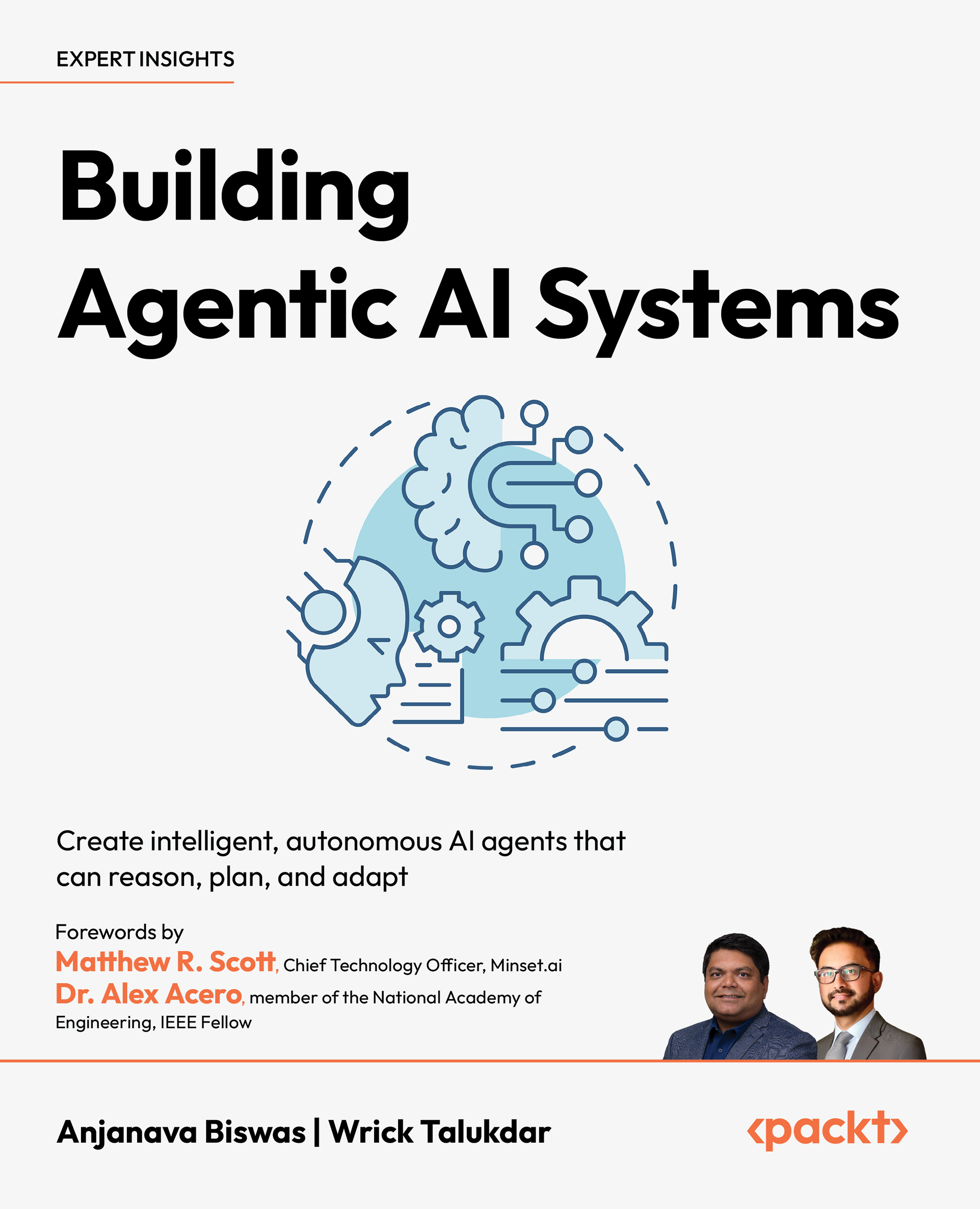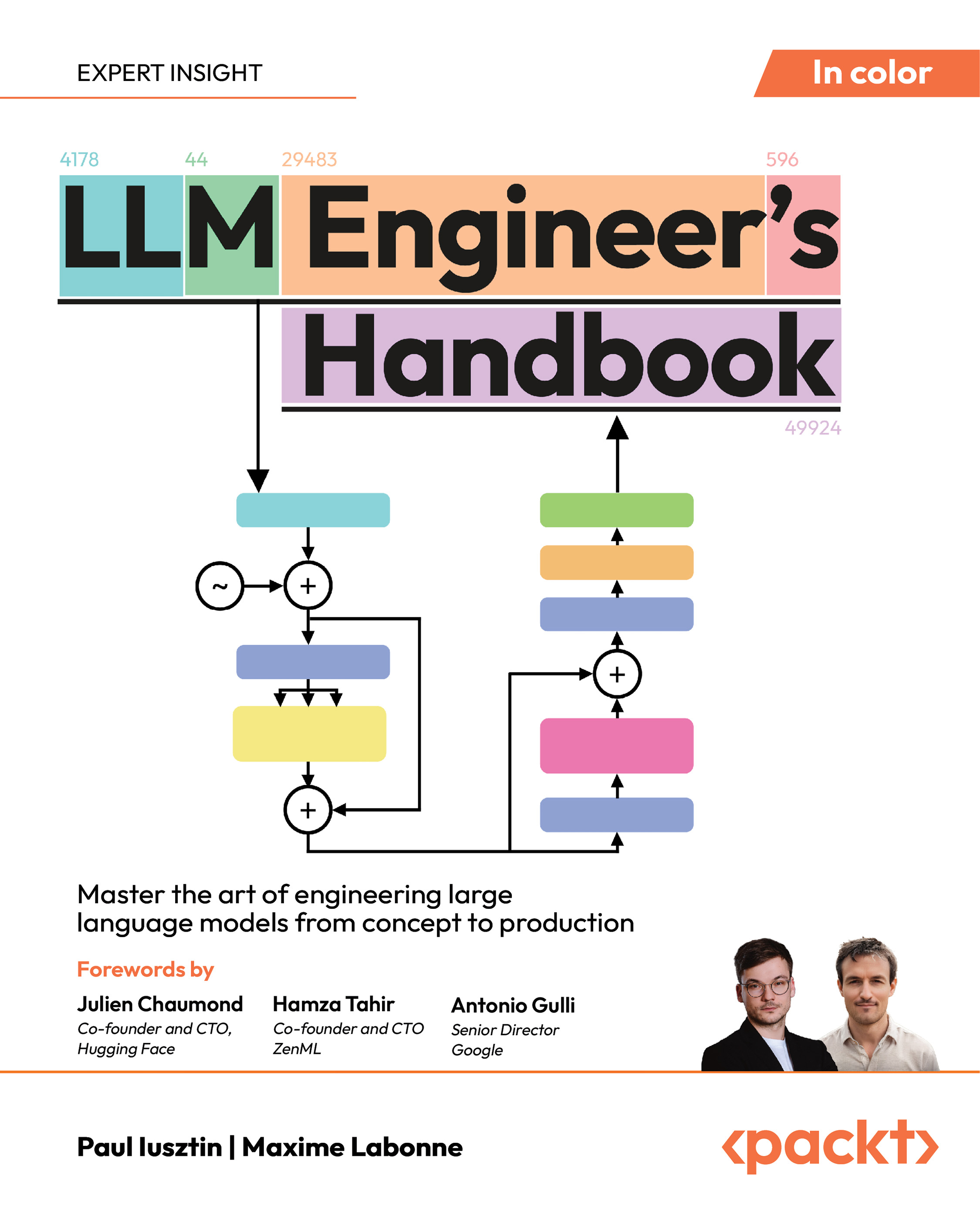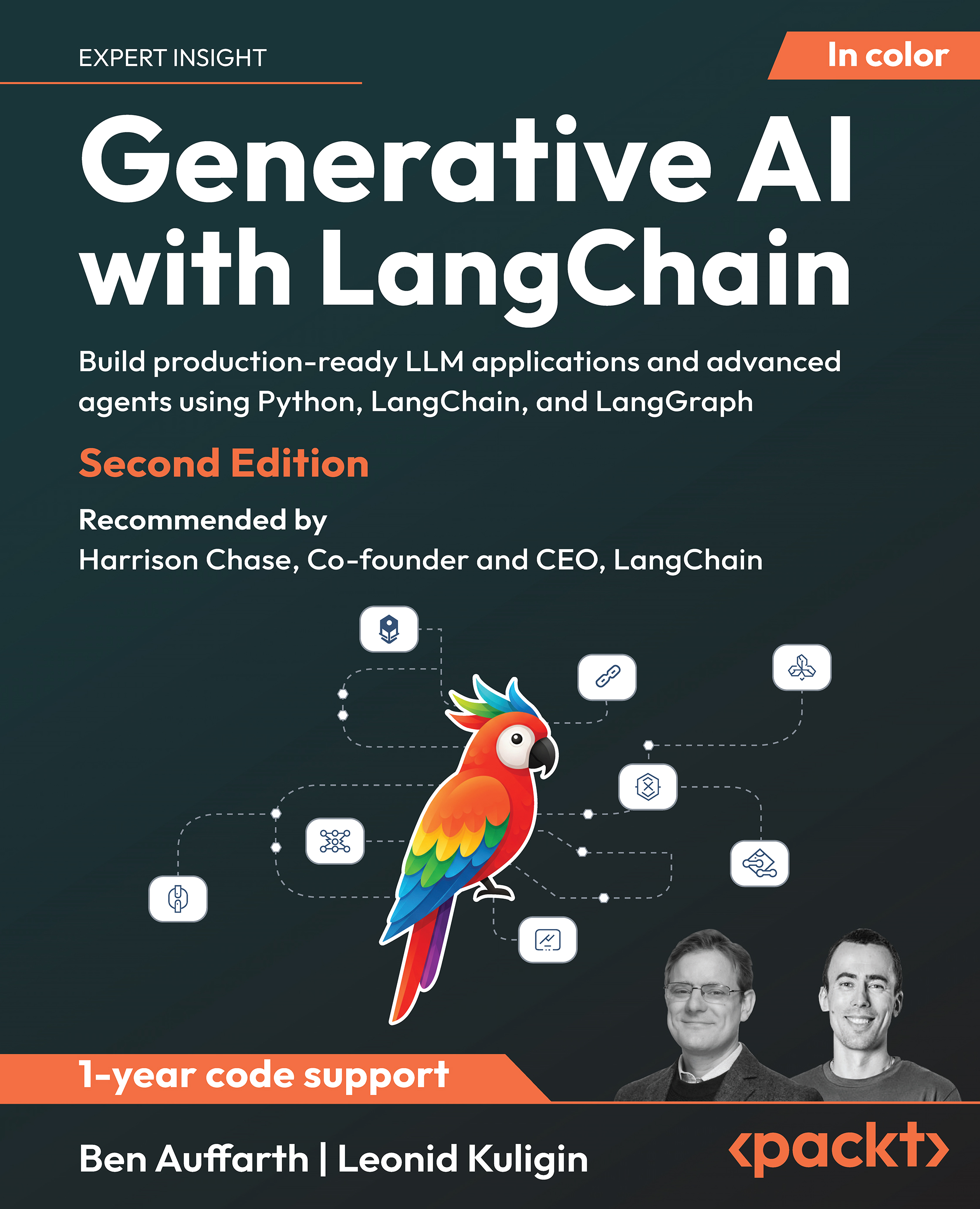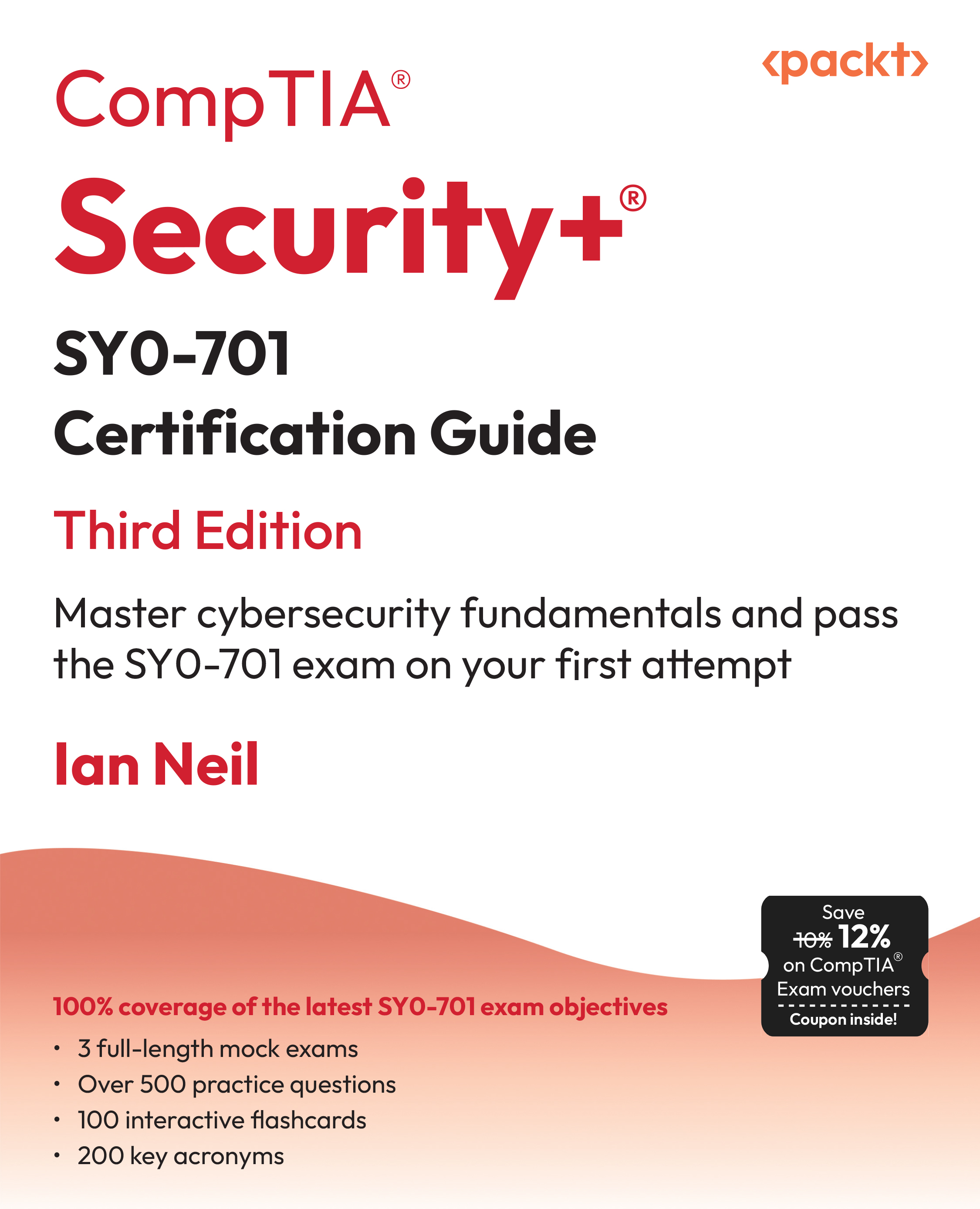In this article by Raydelto Hernandez, the author of the book Building Android games with Cocos2d-x, we will talk about the Cocos2d-x game engine, which is widely used to create Android games. The launch of the Apple App Store back in 2008 leveraged the reach capacity of indie game developers who since its occurrence are able to reach millions of users and compete with large companies, outperforming them in some situations. This reality led the trend of creating reusable game engines, such as Cocos2d-iPhone, which is written natively using Objective-C by the Argentine iPhone developer, Ricardo Quesada. Cocos2d-iPhone allowed many independent developers to reach the top charts of downloads.
(For more resources related to this topic, see here.)
Picking an existing game engine is a smart choice for indies and large companies since it allows them to focus on the game logic rather than rewriting core features over and over again. Thus, there are many game engines out there with all kinds of licenses and characteristics. The most popular game engines for mobile systems right now are Unity, Marmalade, and Cocos2d-x; the three of them have the capabilities to create 2D and 3D games. Determining which one is the best in terms of ease of use and availability of tools may be debatable, but there is one objective fact, which we can mention that could be easily verified. Among these three engines, Cocos2d-x is the only one that you can use for free no matter how much money you make using it.
We highlighted in this article's title that Cocos2d-x is completely free. This was emphasized because the other two frameworks also allow some free usage; nevertheless, both of these at some point require a payment for the usage license. In order to understand why Cocos2d-x is still free and open source, we need to understand how this tool was born. Ricardo, an enthusiastic Python programmer, often participated in game creation challenges that required participants to develop games from scratch within a week. Back in those days, Ricardo and his team rewrote the core engine for each game until they came up with the idea of creating a framework to encapsulate core game capabilities. These capabilities could be used on any two-dimensional game to make it open source, so contributions could be received worldwide. This is why Cocos2d was originally written for fun.
With the launch of the first iPhone in 2007, Ricardo led the development of the port of the Cocos2d Python framework to the iPhone platform using its native language, Objective-C. Cocos2d-iPhone quickly became popular among indie game developers, some of them turning into Appillionaires, as Chris Stevens called these individuals and enterprises that made millions of dollars during the App Store bubble period. This phenomenon made game development companies look at this framework created by hobbyists as a tool to create their products. Zynga was one of the first big companies to adopt Cocos2d as their framework to deliver their famous Farmville game to iPhone in 2009. This company has been trading on NASDAQ since 2011 and has more than 2,000 employees.
In July 2010, a C++ port of the Cocos2d iPhone called Cocos2d-x, was written in China with the objective of taking the power of this framework to other platforms, such as the Android operating system, which by that time was gaining market share at a spectacular rate. In 2011, this Cocos2d port was acquired by Chukong Technologies, the third largest mobile game development company in China, who later hired the original Cocos2d-IPhone author to join their team.
Unlock access to the largest independent learning library in Tech for FREE!
Get unlimited access to 7500+ expert-authored eBooks and video courses covering every tech area you can think of.
Renews at $19.99/month. Cancel anytime
Today, Cocos2d-x-based games dominate the top grossing charts of Google Play and the App Store, especially in Asia. Recognized companies and leading studios, such as Konami, Zynga, Bandai Namco, Wooga, Disney Mobile, and Square Enix are using Cocos2d-x in their games. Currently, there are 400,000 developers working on adding new functionalities and making this framework as stable as possible. These include engineers from Google, ARM, Intel, BlackBerry, and Microsoft who officially support the ports of their products, such as Windows Phone, Windows, Windows Metro Interface, and they're planning to support Cocos2d-x for the Xbox in this year.
Cocos2d-x is a very straightforward engine that requires a little learning to grasp it. I teach game development courses at many universities using this framework; during the first week, the students are capable of creating a game with the complexity of the famous title Doodle Jump. This can be easily achieved because the framework provides us all the single components that are required for our game, such as physics, audio handling, collision detection, animation, networking, data storage, user input, map rendering, scene transitions, 3D rendering, particle systems rendering, font handling, menu creation, displaying forms, threads handling, and so on. This abstracts us from the low-level logic and allows us to focus on the game logic.
Summary
In conclusion, if you are willing to learn how to develop games for mobile platforms, I strongly recommend you to learn and use the Cocos2d-x framework because it is easy to use, is totally free, is an open source. This means that you can better understand it by reading its source, you could modify it if needed, and you have the warranty that you will never be forced to pay a license fee if your game becomes a hit. Another big advantage of this framework is its highly available documentation, including the Packt Publishing collection of Cocos2d-x game development books.
Resources for Article:
Further resources on this subject:
 United States
United States
 Great Britain
Great Britain
 India
India
 Germany
Germany
 France
France
 Canada
Canada
 Russia
Russia
 Spain
Spain
 Brazil
Brazil
 Australia
Australia
 Singapore
Singapore
 Canary Islands
Canary Islands
 Hungary
Hungary
 Ukraine
Ukraine
 Luxembourg
Luxembourg
 Estonia
Estonia
 Lithuania
Lithuania
 South Korea
South Korea
 Turkey
Turkey
 Switzerland
Switzerland
 Colombia
Colombia
 Taiwan
Taiwan
 Chile
Chile
 Norway
Norway
 Ecuador
Ecuador
 Indonesia
Indonesia
 New Zealand
New Zealand
 Cyprus
Cyprus
 Denmark
Denmark
 Finland
Finland
 Poland
Poland
 Malta
Malta
 Czechia
Czechia
 Austria
Austria
 Sweden
Sweden
 Italy
Italy
 Egypt
Egypt
 Belgium
Belgium
 Portugal
Portugal
 Slovenia
Slovenia
 Ireland
Ireland
 Romania
Romania
 Greece
Greece
 Argentina
Argentina
 Netherlands
Netherlands
 Bulgaria
Bulgaria
 Latvia
Latvia
 South Africa
South Africa
 Malaysia
Malaysia
 Japan
Japan
 Slovakia
Slovakia
 Philippines
Philippines
 Mexico
Mexico
 Thailand
Thailand














